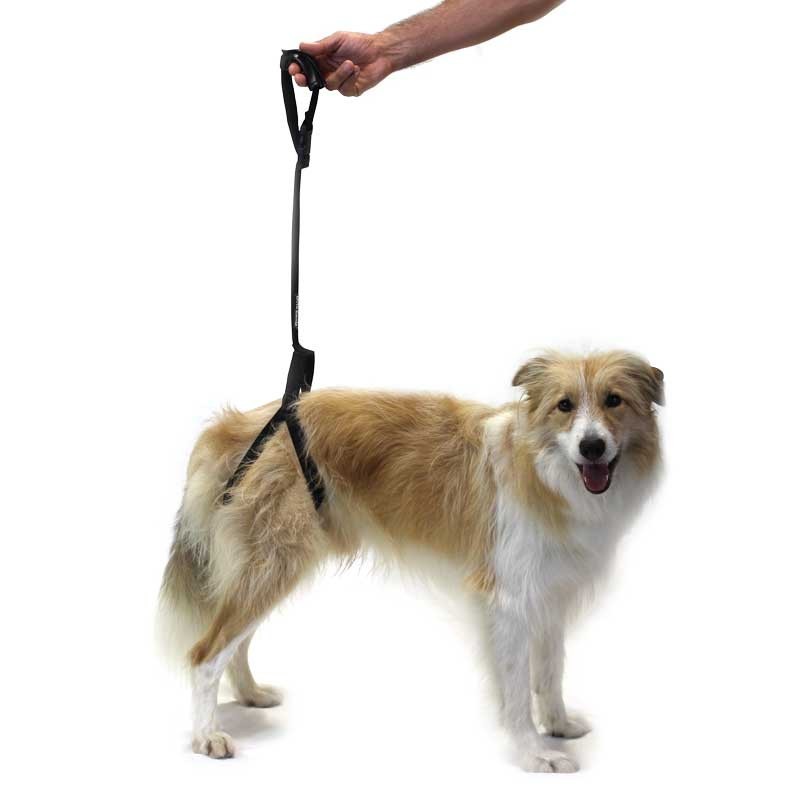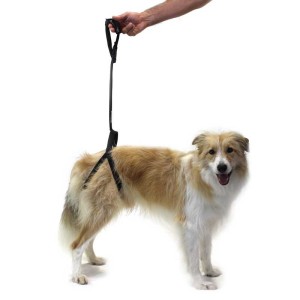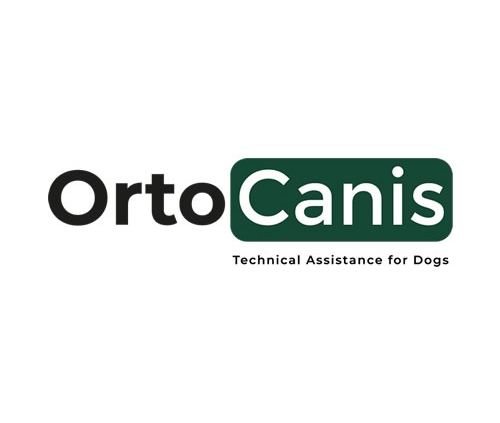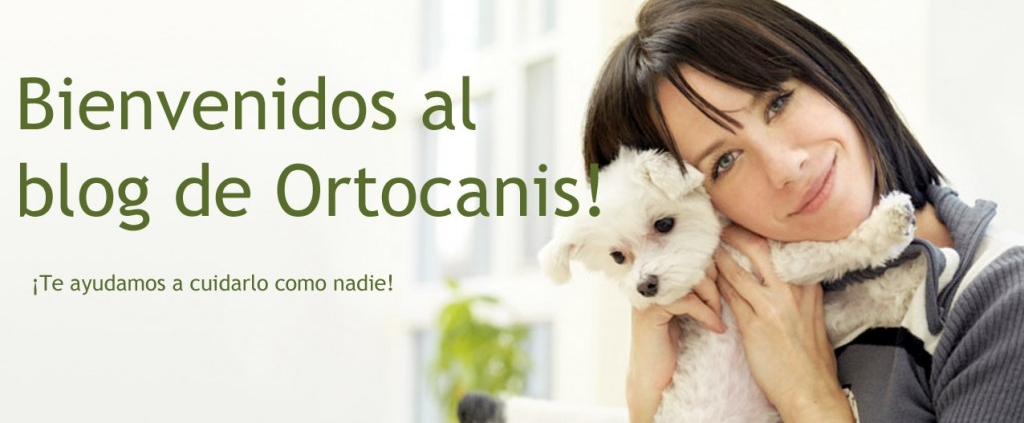Degenerative myelopathy, the progressive and degenerative disease of the spinal cord of the elderly dog, has an onset from 8 years of age. In the initial phases, the dog shows incoordination in movements, falls off its hind legs or makes strange movements; staggers and drags one or both feet or walks with knuckles.
The disease can start in one hind limb and affect the other up to the thoracic limbs. The weakness progressively worsens, the dog has difficulty standing and has trouble walking. The disease can progress for a year until the dog finally becomes paraplegic or tetraplegic and must be euthanized. It is a slightly painful disease and in most cases it affects urination and defecation, they become incontinent.
There are no treatments that reduce this degeneration or stop it, but there are measures to help these dogs that suffer from it to maintain their quality of life. It is necessary for the animal to do rehabilitation exercises and maintain lifestyle habits at home to avoid pressure ulcers, urine infections and loss of mobility.
Physiotherapy and rehabilitation can help slow the process. Secondary pain symptoms (tensions), created by the animal itself when trying to move, can be controlled. The aim is to stop the appearance of atrophy (loss of muscle mass) and preserve the function of the forelimbs, as well as preserve the integrity of the hind limbs, to avoid ulcers and keep them active as long as possible, stimulate their sensitivity and work on coordination and balance of the animal to give it a better quality of life.
For this, passive mobilization exercises, massages, stretching, combined with heat, hot packs , and with some device that combat atrophy , muscle electrostimulators and TENS pain, are used.
There is another part of the therapy that tries to maintain active mobility on the part of the animal. For that, balls , plates , hydrotherapy, bars and cones , walks, etc. are used. to maintain active mobility with good coordination without loss of balance. This stage is the one that is most altered with the course of the disease and for this, when the animal begins to deteriorate, not maintain its own weight, it is necessary to maintain mobility with the use of Harnesses for hindquarters , in the case of presenting difficulty only in hindquarters, or integral harnesses , to also support the anterior limbs.
The latest novelty on the market is the Biko Brace , a device that allows the dog to walk when the disease already affects the hind limbs significantly. In advanced phases of the disease, the use of customized wheelchairs is necessary.
During the stay at home, the animal must be in a comfortable, soft but firm place so that it can be easily incorporated. special mattress for dogs If the disease is in its early stages and the animal is dragging its feet, or with its knuckles, it is important to protect that area to avoid ulcers with booties or socks for dogs
During the course of the disease, the nutrition and weight control of the animal is very important to avoid complications.
In the following video we see TEX, a German Shepherd affected by degenerative myelopathy before and after the use of the Biko-Brace device.
Marta Subirats
canine physical therapist
Certified Canine Rehabilitation Practitioner by the University of Tennessee





